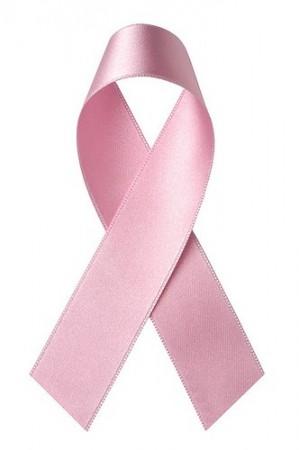
The breast cancer drug tamoxifen, when provided through a gel, can help avoid many dangerous side-effects associated with its oral form, says a new study.
Applying the gel to the breasts slowed down cancer growth, prevented blood clots and reduced risk of uterine cancer in women with a non-invasive type of breast cancer.
This method of delivering the drug directly into the breast tissues helps to reduce levels of the drug in the blood and thus lower many side-effects associated with the oral drug, said the Northwestern University researchers who conducted the study.
"The gel minimized exposure to the rest of the body and concentrated the drug in the breast where it is needed," lead author of the study Seema Khan, a surgical oncologist at the Northwestern University in the US, said in a press release. "There was very little drug in the bloodstream, which should avoid potential blood clots as well as an elevated risk for uterine cancer."
The study included 26 women with estrogen-receptor-positive ductal carcinoma in situ (DCIS). DCIS is one of the most common types of non-invasive breast cancer that affects the milk ducts. Though the oral drug tamoxifen is highly effective in protecting against cancer recurrence and development of new cancer after surgery, many patients thinking about the severe side-effects of the drug often hesitate to take it.
During the trial, half of the patients were assigned to take a daily dose of the oral tamoxifen, while the rest applied the gel daily.
Results showed that the drug 4-OHT when delivered either through the gel or orally reduced cancer growth. However, blood levels of 4-OHT were about five times lower in people who used the gel. Interestingly, researchers noticed that the reduced 4-OH levels in the blood were associated with a decline in proteins responsible for blood clots.
"Delivering the drug though a gel, if proven effective in larger trials, could potentially replace oral tamoxifen for breast cancer prevention and DCIS and encourage many more women to take it," said Khan. "For breast cancer prevention and DCIS therapy, effective drug concentrations are required in the breast. For these women, high circulating drug levels only cause collateral damage," he added.
Additionally, the oral drug gives positive results only in women who possess a specific enzyme. Absence of the enzyme can make the oral medication ineffective, thereby making the gel a more promising alternative for treating breast cancer in such women.
The results of the study have been reported in the journal Clinical Cancer Research.

















